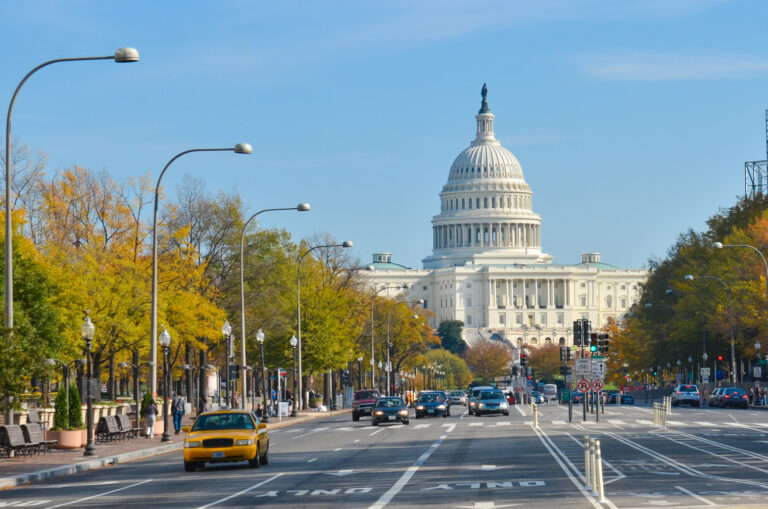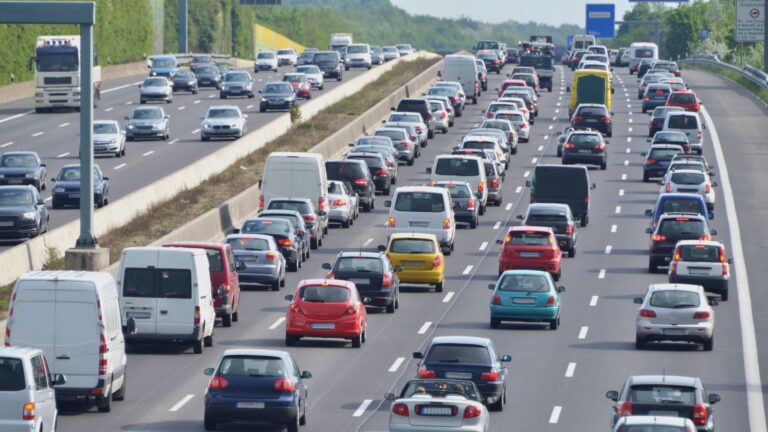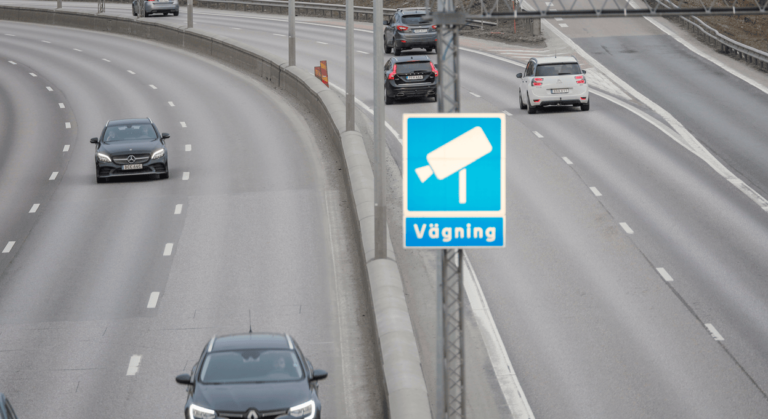Urban centers worldwide are increasingly prioritizing sustainability and social equity in their development plans. An often still underrated, but effective component of this transformation is the implementation of Automated Traffic Enforcement (ATE) systems. By leveraging technology to monitor and manage traffic violations, ATE not only enhances road safety but also contributes significantly to environmental sustainability and equitable urban development. Elovate, a global leader in ATE, has partnered with various municipalities to deploy ATE solutions that have been able to prove these benefits.
Enhancing Environmental Sustainability through ATE
Transportation is a major contributor to urban air pollution and greenhouse gas emissions. Speeding and aggressive driving exacerbate fuel consumption and emissions. ATE systems address these issues by enforcing speed limits and promoting smoother traffic flow, leading to reduced fuel consumption and lower emissions.
In Montgomery County, Maryland, the implementation of automated speed enforcement has yielded remarkable outcomes:
- A 62% reduction in the likelihood that a vehicle was traveling more than 10 mph above the speed limit at camera sites.
- A 19% reduction in the likelihood that a crash resulted in an incapacitating or fatal injury.
These improvements not only enhance safety but also contribute to environmental sustainability by reducing fuel consumption and emissions associated with high-speed driving and frequent acceleration and deceleration.
Promoting Social Equity through Fair Enforcement
Equitable enforcement of traffic laws is crucial to ensure that all community members are treated fairly, regardless of their socioeconomic status or neighborhood. Traditional traffic enforcement methods have sometimes enhanced disparities, with certain communities experiencing higher rates of traffic stops and citations. ATE systems can mitigate these issues by providing consistent and unbiased enforcement.
Elovate emphasizes the importance of equitable ATE deployment. By analyzing demographic and traffic data, cities can make informed decisions about camera placements to avoid disproportionately targeting specific communities. For instance, studies have shown that in some areas, low-income and predominantly Black or Hispanic neighborhoods have higher concentrations of traffic enforcement cameras, leading to increased ticketing rates. Addressing these disparities involves strategic placement of cameras based on safety needs rather than historical enforcement patterns, ensuring fair treatment across all neighborhoods.
Case Study: Chicago’s Red Light Enforcement Program and Equity-Driven Reforms
Chicago offers a great example of how ATE can support both sustainability and social equity when implemented with thoughtful planning and reform. The city’s red light camera program was initially criticized for its disproportionate impact on low-income and minority neighborhoods. In response, Chicago adopted a series of reforms aimed at promoting more equitable camera placement and fine structures.
A key step included changing camera placements based on crash data and high-risk intersections, rather than relying solely on historical patterns. This shift helped ensure that enforcement efforts were aligned with public safety needs. Additionally, the city introduced income-based ticket reduction programs and payment plans to reduce the financial burden on vulnerable populations.
These initiatives not only helped restore public trust but also emphasized the role of ATE in enhancing safety without exacerbating inequality. By focusing on the highest-risk areas and implementing relief mechanisms, Chicago’s approach aligns with the city’s goals for sustainable and equitable urban planning.
Data-Driven Decision Making for Sustainable Urban Planning
ATE systems generate valuable data that can further inform urban planning decisions. By analyzing traffic patterns, violation rates, and accident data, city planners can identify areas that require infrastructure improvements, such as better signage, redesigned intersections, or additional pedestrian crossings. This data-driven approach ensures that resources are allocated effectively, contributing to the development of more sustainable and livable urban environments.
Elovate’s solutions offer advanced analytics capabilities, enabling municipalities to gain insights into driver behavior and traffic trends. These insights support strategic planning and the implementation of measures that enhance safety, reduce congestion, and promote sustainable transportation modes.
Building Public Trust through Transparency and Education
For ATE programs to be successful, public support is essential. Transparency in the deployment and operation of these systems, coupled with strategic public education campaigns, fosters trust and compliance. Communities are more likely to support ATE initiatives when they understand their purpose, effectiveness, and the measures in place to ensure fairness.
Elovate assists municipalities in developing public outreach campaigns that communicate program goals, benefits, and operational details. By engaging with the community and addressing concerns proactively, cities, municipalities or even state governments can build a foundation of trust that improves the effectiveness of ATE programs.
As urban planning continues to evolve, adopting ATE systems, guided by principles of sustainability and equity, will play a crucial role in creating safer, greener, and more inclusive urban environments.






